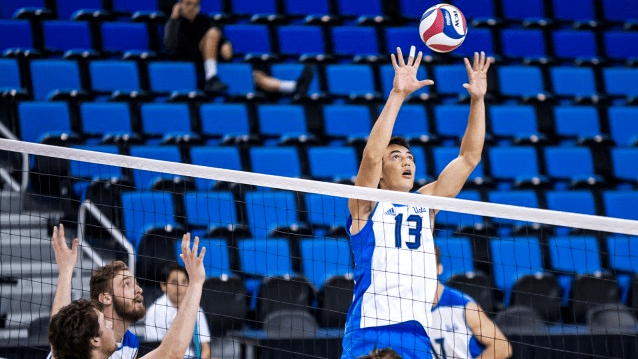The setter is one of the most important positions in volleyball.
Not only is this player responsible for providing a well-positioned and timed ball to the hitters, but this player also needs to be aware of the surroundings at all times. The setter needs to know who is in the front and back row to determined what’s the best option for their offense at the time, as well as know how the blockers have been set by the opposite team. The final goal of the setter is to be a deceiver for the other team’s blockers, with that been said he/she needs to be aware or be mindful of the other teams strength/weaknesses.
As a setter, I was always looking at the other team’s rotation to determine which plays to run in our offense; even during warm ups, I was looking for every single piece of information I could get. My first step in gathering information was about the other teams setter: height, foot work, way to set (arms extended, stand set, jump set, speed in which he was setting etc.) during warm ups. At that point, I knew the speed I needed to play and what kinds of plays to do during the match.
My second step was to determine who were the middle blockers and take note of their skills, agility and height. This is very important because it gives the advantage to your hitters to get around the block.
Rule of thumb for middle blockers: the taller the middle blockers, the faster you need to move your offensive plays.
Last but not least, you need to know who you got for offense and think “outside the box” at the time of developing a play. You might need to move your outside hitters and run a slide (C) because the shortest blocker is in position 4 on the other side (just to give an example)–believe me, this is a game changer and the most important thing is that the other team doesn’t expect it.
I was very short (5’7″) compares to my teammates (6′ and above), and I had to make a decision: advance my setting skills or be destined to work the back row the rest of my volleyball career. So I started jump setting, and it brought my game to another level. When you jump set, it gives you an extra advantage that middle blockers hate–that they need to wait for the ball to be released from your hands at a higher altitude (picture above). Also, once you are in the front row as a setter you become another offensive option (second touch tip/kill).
Because of the duties and responsibilities of the setter, as a coach, I always consider this position as the extended coach on the court. The setter has to make quick decisions, be attentive, develop strategy and even cheer up the teammates that may be having a bad game or day. If you follow all this principles discussed in this article, your game will change dramatically, and you will mature at a very fast pace.
Enjoy this compilation for some exciting and awesome examples of our discussion in action. Wishing you very successful and exciting plays.
How useful was this post?
Click on a star to rate it!
Average rating 4.3 / 5. Vote count: 6
No votes so far! Be the first to rate this post.



